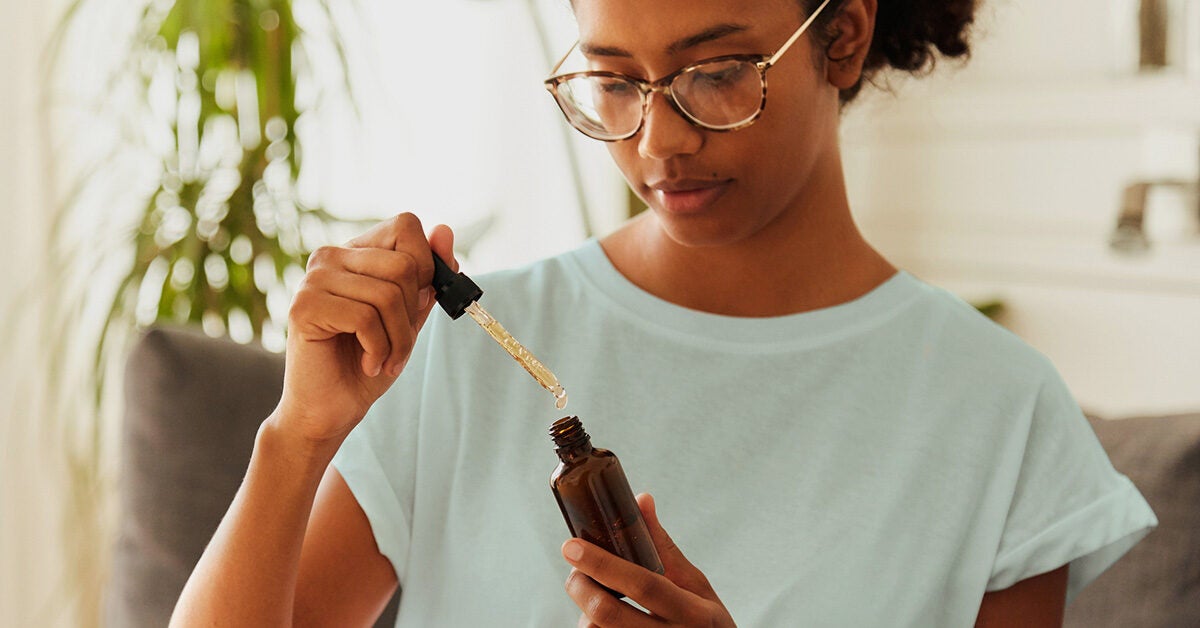Natural Opioids: Types and Alternatives - Healthline

Opioids are a group of chemicals that act on your brain's opioid receptors. They're categorized as analgesics, meaning they cause numbness and relieve pain.
Opioids can be naturally derived (from opium poppies), synthetic (made in a lab), or semi-synthetic. Naturally derived opioids are sometimes called opiates.
Natural opioids include:
- morphine
- opium
- codeine
Your body also produces its own kind of opioids, known as endogenous opioid peptides, that can have effects similar to those of other opioids.
Here's a closer look at where natural opioids come from, how your body makes endogenous opioids, and natural alternatives to opioids.
Natural opioids come from the opium poppy (Papaver somniferum). Specifically, they're present in the latex, or milky sap found in the poppy's stem and leaves. Natural opioids also come from the poppy's seeds.
Most often, natural opioids are harvested using the poppy straw process, which involves extracting the alkaloids, or organic compounds, from the dried and crushed poppy plant.
Examples of natural opioids include:
Opium
Opium is the product harvested directly from the opium poppy.
People in ancient Mesopotamia and other civilizations used it to relieve pain and treat a variety of medical conditions. It also has a
Morphine
Scientists first isolated morphine from poppy seed juice in the
Morphine is still frequently used as a pain reliever in healthcare settings today.
Codeine
Codeine was also isolated in the 19th century. While it can be made directly from opium, it's most often made from morphine. Codeine is one of the most common opioids in the world and is often used to alleviate mild-to-moderate pain.
Morphine and codeine are also
Semi-synthetic opioids are most often used as pain relief in healthcare settings. Because they can cause dependence, many laws exist to regulate their use and the way they're made.
Semi-synthetic opioids are usually made by combining or treating a naturally derived opioid with human-made chemicals. For example, heroin is made by putting morphine, a natural opioid, through a chemical process called acetylation.
Some semi-synthetic opioids
- Diamorphine: This is the scientific name for heroin, which is illegal in the United States.
- Hydrocodone: This opioid comes from codeine. Hydrocodone can treat severe pain, sometimes under the brand name Vicodin. There are other prescription products that contain hydrocodone and are used to treat chronic coughs. and chronic coughs, sometimes under the brand name Vicodin.
- Hydromorphone: Hydromorphone treats
severe and chronic pain . It comes from morphine. - Oxycodone: OxyContin and Percocet are popular brands of oxycodone. This opioid comes from the opium alkaloid thebaine and treats moderate-to-severe pain.
- Buprenorphine: It's used to treat both pain and opioid use disorder. Buprenorphine comes also from the opium alkaloid thebaine.
Your body produces its own form of opioids known as endogenous opioid peptides, which are chains of amino acids. Endogenous opioids are made in your brain and act on four main opioid receptors. Each of these receptors impacts your nervous system in a specific way.
Enkephalins and endorphins are two key types of endogenous opioids:
Enkephalins
These peptides support many parts of the body and largely act on the central and peripheral nervous systems. They play a role in regulating your stress response and numbing pain.
Enkephalins also slow peristalsis, meaning they can slow down the movement of food through your gut.
Endorphins
Endorphins are "the body's "morphine." When you're experiencing stress or pain, your pituitary gland and hypothalamus make endorphins and release them into your body.
One of the most well-known types of endorphins is beta-endorphins, once thought to cause runner's high. The following activities stimulate the release of endorphins:
- exercise
- acupuncture
- sex
- laughing
- meditation
Sometimes the endogenous opioid system can become dysregulated, or out of balance. When this happens, it could
People look for alternatives to opioids for a variety of reasons. Some don't respond well to them, while others might be concerned about dependence. If you're worried about taking opioids to manage chronic pain, consider talking with a healthcare professional about your concerns. They can answer any questions you have and also go over potential alternatives.
Currently, healthcare professionals might suggest or
In addition, the following treatments may also help you manage pain while avoiding opioids or lowering your dosage:
Acupuncture
Acupuncture works by stimulating the release of endorphins, which helps relieve pain without the side effects of opioids.
Research from 2019 highlights both acupuncture and electroacupuncture as potential opioid alternatives for pain management.
Physical therapy
A
Massage
A 2020 narrative review on nonopioid pain management highlights that many studies have found massage useful for managing and lowering pain. It suggests that massage therapy could give an analgesic boost when used alongside other pain medications. More high quality research is needed to confirm its effectiveness.
Electrical stimulation
Newer alternatives to opioids for pain could
Opiates are naturally occurring forms of opioids, including opium and morphine. They come directly from the opium poppy.
Your body also makes natural (endogenous) opioids, which stimulate your body's opioid receptors to relieve pain. Endorphins are an example of endogenous opioids.
Many opioid medications cause severe and unwanted side effects. As a result, more people are looking for alternatives in both non-opioid forms of medication and complementary and alternative medicine.
If you're concerned with your current opioid use or think you might be experiencing opioid use disorder, you're not alone. Here are a few potential next steps:
Courtney Telloian is a writer with work published on Healthline, Psych Central, and Insider. Previously, she worked on the editorial teams of Psych Central and GoodTherapy. Her areas of interest include holistic approaches to health, especially women's wellness, and topics centered around mental health.


Comments
Post a Comment